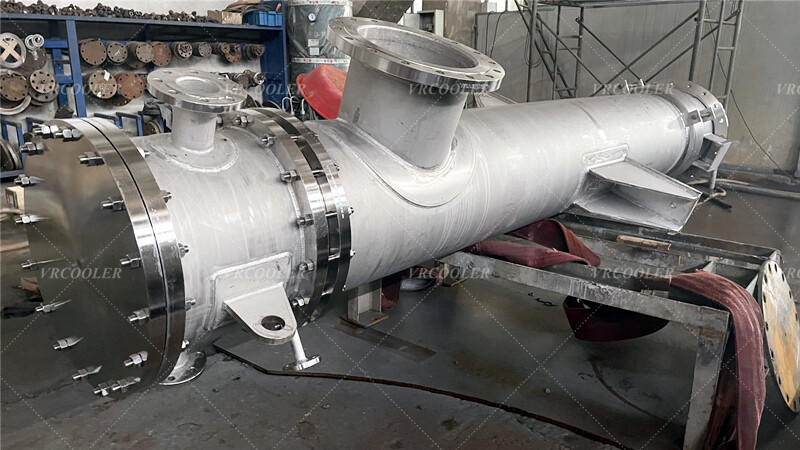Piping the steam and condensate side of a steam-to-fluid shell and tube heat exchanger involves several important considerations to ensure efficiency and safety.
1. Understand the System Design
Know the Specifications: Review the heat exchanger design specifications, including steam pressure, temperature, and flow rates.
Identify Fluid Properties: Understand the properties of the fluid being heated, including its flow rate and thermal characteristics.
2. Select Appropriate Materials
Use corrosion-resistant materials for piping, such as carbon steel or stainless steel, depending on the fluids involved.
Ensure that all materials can withstand the operating pressure and temperature.
3. Piping Layout
Steam Side:
Connect the steam supply to the inlet of the shell side of the heat exchanger.
Use appropriate fittings and valves to control the steam flow.
Condensate Side:
Connect the condensate outlet from the heat exchanger to a condensate return line or a condensate tank.
Include a trap to remove condensate while preventing steam loss.
4. Include Necessary Valves and Traps
Isolation Valves: Install isolation valves on both the steam and condensate lines for maintenance.
Steam Control Valves: Use control valves for regulating steam flow to the heat exchanger.
Condensate Traps: Install traps to ensure effective removal of condensate without losing steam.

5. Insulation
Insulate steam piping to minimize heat loss and improve efficiency.
Use suitable insulation materials that can withstand the operating conditions.
6. Testing and Commissioning
After installation, conduct pressure tests to check for leaks.
Ensure that the flow rates are within the design parameters.
7. Monitoring
Install pressure and temperature gauges to monitor the steam and condensate flow.
Set up a routine maintenance schedule to check for any issues with the piping system.
8. Safety Considerations
Ensure all safety standards and regulations are followed.
Provide proper signage and training for personnel working with steam systems.
9. Documentation
Keep detailed records of the piping layout, materials used, and maintenance activities.
Conclusion
Proper piping design and installation are crucial for the efficient operation of a steam-to-fluid shell and tube heat exchanger. By following these guidelines, you can ensure a safe and effective system.

